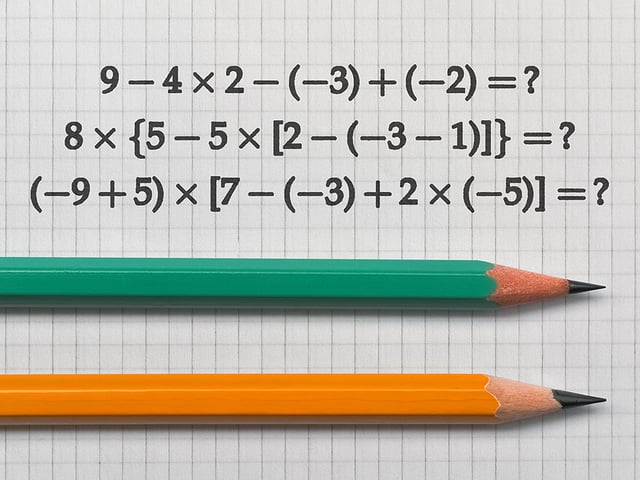
Justifying Answers When Solving Equations
It is easy to think of solving equations in simplistic terms such as “get the variable by itself on one side.” But newer tests go beyond simple repetition and application of techniques. They pose questions that require an explanation of why an answer is correct and why the method chosen was appropriate for the problem. You may be given a sequence of steps and asked which one is wrong and why. For solving equations, this is easy if you keep some principles in mind.
The Role of Balance
Equation solving can be summarized by this principle: You can perform any mathematically valid operation on one side of the equation as long as you perform the same operation on the other side. Think of an equation as a statement of balance. The two sides are equal, so they balance out perfectly. If you do something (mathematically) to “lighten” one side, you have to do the same on the other side to keep the balance. The devil is in the details.
A Word of Caution
One important detail is to perform the operation on the entire left or right side of the equation. Let’s use this example:
\[2x + 1 = 7\]Someone might think, “I have to divide by \(2\) so I have \(x\) by itself, and do something like
\[\frac{2x}{2} + 1 = \frac{7}{2}\]They have remembered to divide both sides, but they did not divide the entire left side by \(2\). The correct step would be:
\[\frac{2x + 1}{2} = \frac{7}{2}\]A Better Way
However, while that step is correct mathematically, it is not the most efficient way to solve this equation. Doing it this way, the algebra is more complicated, will need more steps, and thus is more prone to error.
The easier approach is to subtract \(1\) from both sides first and get:
\[2x = 6\]Now it is really easy to divide by \(2\) as the next step.
Work Backward to Solve
The principle here is to think of the reverse order of operations (PEMDAS) as you approach equation solving. While solving equations, you are essentially “undoing” the operations in that equation. Addition and subtraction are the last operations you usually do while evaluating an expression, so when you “undo” the expression—solve the equation—you “undo” the additions and subtractions first. Keep this in mind if you are asked a question about the best way to solve an equation.
Operations and Finding Errors
Finally, remember that any operation can be expressed in an equivalent form by its inverse operation. In our example, someone might think of multiplying by \(\frac{1}{2}\) instead of dividing by \(2\). Either one works, and you can use whichever approach seems easier to you. However, if asked to find errors in a series of steps, don’t leap to the conclusion that dividing by \(2\) is wrong just because you usually think of multiplying by \(\frac{1}{2}\). The real error must lie somewhere else.
If you remember these ideas, it should be easy to justify your answer or find someone’s error while solving equations. Good luck to you as you take tests and pursue your goals!
Keep Reading

Smarter Balanced Assessment Consortium Blog
Formula Chart for Numbers and Operations on the SBAC Test
Most people say that Math is hard for them. Does this sound like you? A…

Smarter Balanced Assessment Consortium Blog
Formula Chart for Algebra on the SBAC Test
Have you ever painted by number? It’s probably the easiest way to paint…

Smarter Balanced Assessment Consortium Blog
Formula Chart for Geometry on the SBAC Test
Geometry is literally everywhere! It’s in the shape of the stars and pl…